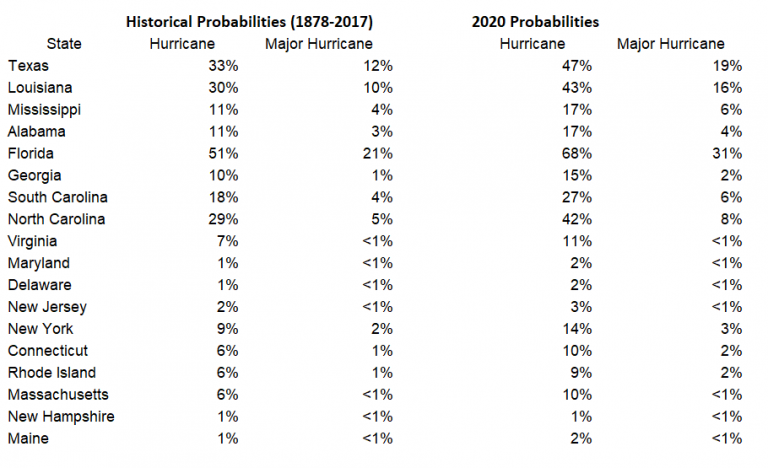 Courtesy of iii.org
Courtesy of iii.org
Tough times bring out the best in many people, and the ongoing COVID-19 pandemic is no exception.
Citizens around the world are donating to crisis response organizations, sewing masks and gowns for medical workers, delivering groceries to homebound neighbors and boarding shelter animals.
Corporations also are rising to the occasion. MetLife (a Triple-I member company) is providing parking lots at its St. Louis office location for the local hospital, Mercy South to use for coronavirus drive-through testing.
And the MetLife Foundation has committed to donating $1 million to food banks across the U.S. to help them deal with increased demand for their services as a result of coronavirus.
Food banks face the challenge of getting shelf-stable food into people’s homes as quickly as possible, especially now that vulnerable populations, such as the elderly, have been advised to practice social distancing. In addition, food banks face greater need from families with children who no longer have access to meals at schools.
MetLife Foundation will donate funds to food banks in communities where MetLife, Inc. has a significant presence, such as the greater New York City area, Cary, N.C., Tampa, Fla., and Warwick, R.I.
“We want to help those impacted by coronavirus,” said Mike Zarcone, head of Corporate Affairs for MetLife and Chairman of MetLife Foundation. “That includes the communities where we work and live. We know that children out of school and seniors face food insecurity as a result of COVID-19, and we are committed to help.”
Prudential also is helping. Over the weekend, the Newark, N.J.-based insurer donated more than 150,000 protective face masks and respirators to the state.
The gift will benefit health workers, some of whom have complained about having to reuse surgical masks amid an increasing shortage of supplies.
“A least one New Jersey hospital” NJ.com reported, “is now down to a four-day supply of gowns and surgical masks.”
The masks and respirators, expected to provide a two-week respite for hospitals, were in storage at the company’s Newark headquarters. They had been stockpiled after the 9/11 terror attacks as part of the company’s emergency preparedness efforts.
If your company is helping those affected by the pandemic, email me at and tell me about it.



